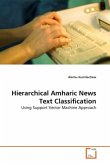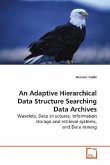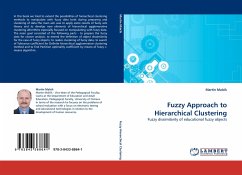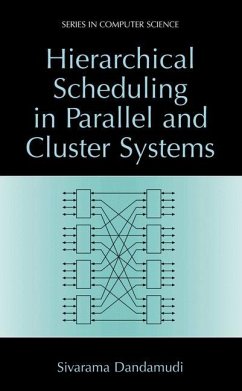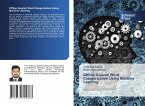Generally, broad textual collections are thematically organized in hierarchies of categories: web pages are grouped by topics in web directories, emails are arranged in personal folders, articles in digital libraries are indexed by subjects, etc. Hierarchical text categorization explores automatic techniques to assign textual documents to categories in a hierarchy. This book focuses on two main aspects of hierarchical categorization: classification algorithms and performance evaluation. Two general hierarchical frameworks, global and local top-down, extended for DAG hierarchies, are compared with traditional "flat" classification where hierarchical relations are not taken into account. A novel hierarchical evaluation measure is introduced and compared with existing hierarchical and non-hierarchical evaluation techniques by a number of formal criteria. Finally, several real-life applications of hierarchical categorization in the field of bioinformatics are described. The book presents an extensive study of the subject matter and will be of interest to all researchers working in the area of text categorization and bioinformatics.
Bitte wählen Sie Ihr Anliegen aus.
Rechnungen
Retourenschein anfordern
Bestellstatus
Storno


